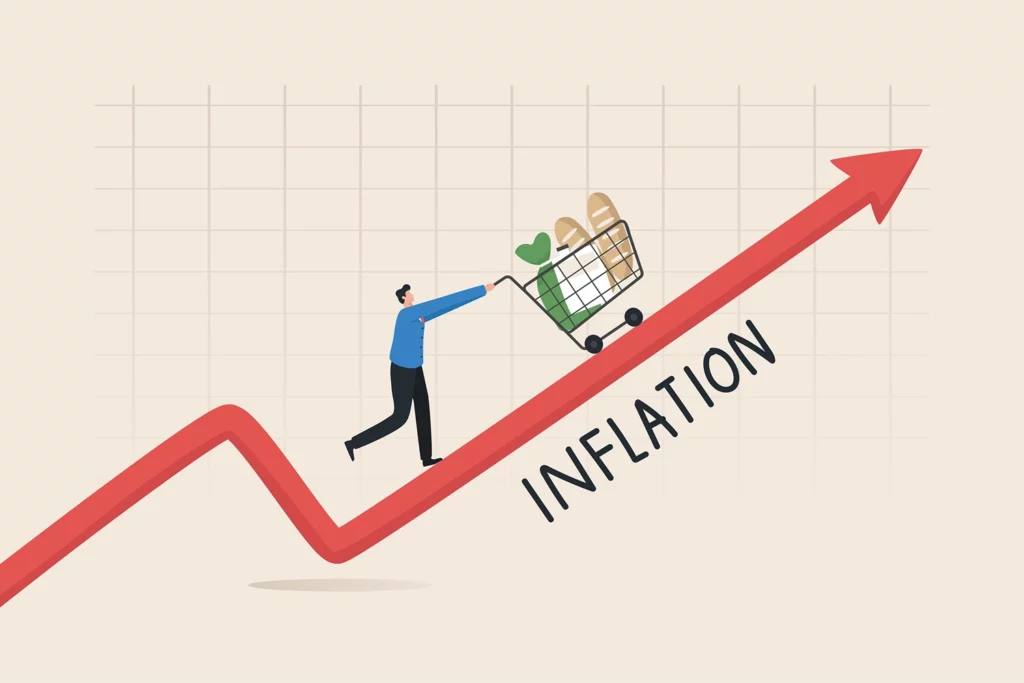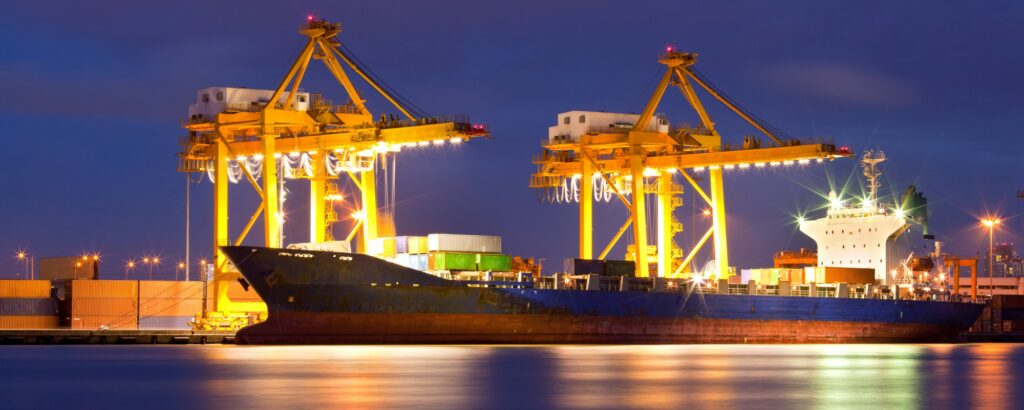
Sailing Through Economic Tides: The Shipping Industry in 2023
The world economy is navigating through turbulent waters, with high inflation rates rippling across the globe. Despite the financial squalls, the shipping industry continues to sail forward, showcasing growth amidst adversity. This post dives into the economic currents within the shipping sector in 2023, examining how it remains buoyant amidst global inflation, particularly focusing on Europe and the US.

In 2023, the global trade of goods and services is anticipated to grow by a modest 0.7% in volume terms but contract by 1.3% in value terms, shedding light on the cautious optimism within the shipping sector1. The industry has been riding on waves of high freight rates and disruptions for over two years, yet stakeholders foresee a mixed outlook for various shipping segments in 2023.
The Economic Horizon
The rising tide of inflation, especially in Europe and the US, has left a notable imprint on the shipping industry. High inflation rates, exacerbated by geopolitical tensions like the Russian invasion of Ukraine, will continue to trouble the shipping sector, especially the containership market, into 2023. Soaring shipping costs have become a significant driver of global inflation; a doubling of freight rates nudges inflation up by about 0.7 percentage points, with effects lasting up to 18 months. These escalating costs are largely propelled by disruptions in the shipping industry, which play a pivotal role in import price inflation

E-commerce and Consumer Behavior:
The robust rise of e-commerce has brought about an ongoing surge in parcel shipping. Consumers are shopping online more than ever, albeit with a high return rate, escalating shipping costs further. This digital shopping spree has eCommerce merchants scouting for cost-effective shipping carriers to mitigate the financial strain.
Shipping Trends:
- Eco-friendly Practices:
A shift towards eco-friendly practices is evident, with 70% of consumers preferring green and clean packaging and shipping. - Automation:
The advent of automation in logistics is promising to curtail human labor significantly, propelling the industry towards more efficient operations. - Long-term Contracts:
Carriers are more inclined to lock in longer contracts to secure space and stabilize rates amidst the fluctuating economic landscape.

Supply & Demand Dynamics:
The dynamics within the shipping industry are also fueled by supply and demand trends. For instance, a strong demand for LNG shipping, slated to rise by over 4% in 2023, is spurred by Europe’s quest to replace Russian piped gas imports, illustrating the intertwined nature of geopolitics, energy needs, and shipping7.
Conclusion:
The shipping industry in 2023 is a reflection of resilience and adaptability amidst economic adversities. As it navigates through the high tides of global inflation, its course is steadied by emerging trends, automation, and a symbiotic relationship with the burgeoning e-commerce sector. The voyage ahead is laden with challenges and opportunities, awaiting the industry’s strategic foresight to harness the winds of change favorably.
E-commerce is the future of global trade, and with Karlstad Shipping as a partner, businesses are equipped to make the most of the opportunities it presents. Reach out to us, and let’s set sail on your e-commerce journey together. Transport@Karlstad.no

